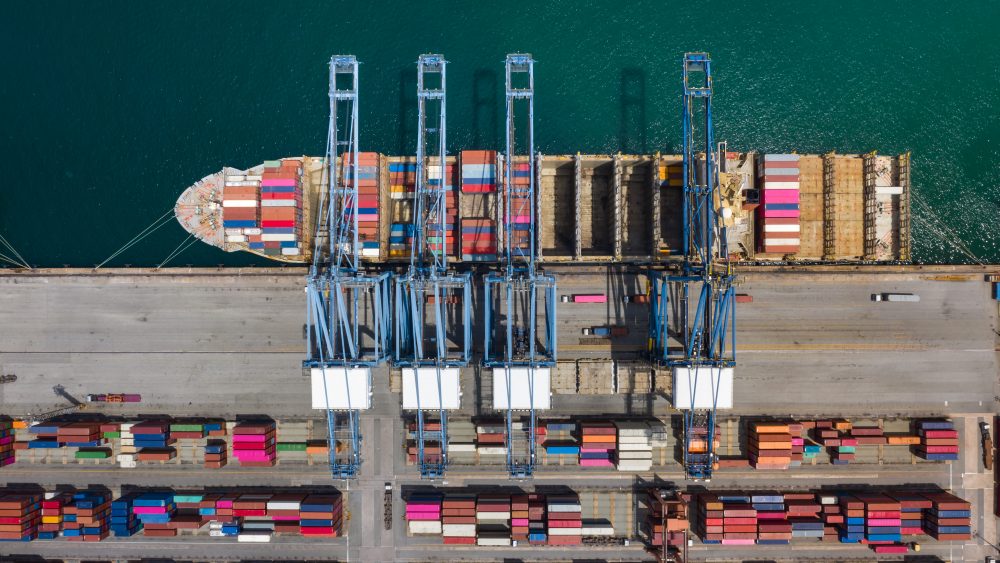If the maritime sector was severely disrupted by the effects of COVID-19 with freight through the roof, port load capacity at bursting point and delays to name a few, 2021 is the year to make every effort to find a way out of this still-challenging pandemic crisis.
Increasing loading rates
The most widespread problem facing the sector is increased freight rates in the United States, Europe and Asia, an unparalleled trend that seems set to continue. This is reflected in Drewry’s World Containers Index, which is at 8,399 dollars/FEU (7,099 euros) in July.
This figure is up by 4,2% compared to the previous month but with an accumulated increase of 346% compared to 2020. The annual average stands at $5,643, 180.04% up from five years ago
These exorbitant figures are due to the continued disruption of global supply chains, characterised by high demand for container traffic, congestion at US ports, the spectacular blockade of the Suez Canal and an increase in fuel prices and bunkering.
The cause in this case can be largely attributed to traffic disruption at the Chinese port of Yantian, due to a new outbreak of COVID-19 without forgetting the disproportionately high fleet rates that were already in place.
High fuel prices and record delays
And to top it all off, delays in 2021 have been higher every month compared to previous years according to the latest Sea-Intelligence’s Global Liner Performance (GLP) report.
Ship arrival delays remain very high averaging 6 days. This has led to schedule reliability falling to a yearly average of just 36%. And this temporary situation affects all carriers.
Investments for shared resilience
Attention was brought at the European regional session of the World Conference on Ports of the IAPH held last June of how any distorting phenomenon that affects one country or company impacts the rest of the chain.
This lesson that we learnt from both the pandemic crisis and the Suez Canal blockage has made us aware of the need to invest in port ecosystems to be better able to cope with all types of adversity. This involves investments based on good practices and digital solutions that improve the resilience of the entire supply chain.
Ports must optimise their efficiency to be more resilient with tools such as just-in-time navigation, with investments in digitalisation and of course equipment that helps speed up manoeuvres at ports.
Another obvious reality is the growing importance of cooperation between the different stakeholders involved in the supply chain. This means creating networks of shared knowledge that offer greater transparency in information and an improvement in traceability that helps guarantee the supply chain.



Comments are closed.